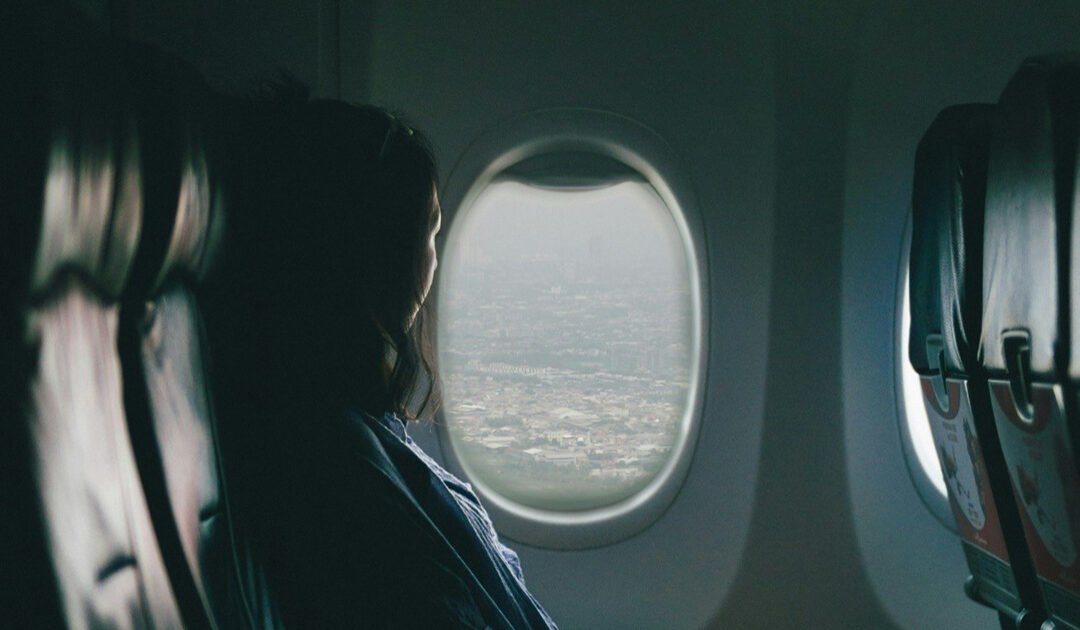Headlines have been filled with news of plane accidents and air traffic issues, reigniting anxiety about flying.


Photo by Killian Pham
Anxiety is My Co-Pilot
June 5, 2025
Is it getting more dangerous to fly?
This September, I’ll be flying to Seattle. Am I looking forward to it? Well, I’m definitely looking forward to landing.
Throughout 2025, headlines have been filled ![]() with news of plane accidents and air traffic issues, reigniting anxiety for those of us who already feel uneasy about flying.
with news of plane accidents and air traffic issues, reigniting anxiety for those of us who already feel uneasy about flying.
In January, the United States experienced its first fatal commercial plane crash in nearly 16 years ![]() – a collision between a helicopter and an airplane
– a collision between a helicopter and an airplane ![]() just outside of Washington, D.C. Then in February, a plane in Canada flipped upside down
just outside of Washington, D.C. Then in February, a plane in Canada flipped upside down ![]() while landing, resulting in 18 injuries
while landing, resulting in 18 injuries ![]() . In May, Denver International Airport experienced a two-minute communications outage
. In May, Denver International Airport experienced a two-minute communications outage ![]() with its air traffic controllers.
with its air traffic controllers.
So far in 2025, the National Transportation Safety Board (NTSB) has reported 51 fatal aviation accidents ![]() in the United States. That number feels high. But as with all statistics, context matters. Is this truly more than usual? Is flying getting riskier – or does it just feel that way?
in the United States. That number feels high. But as with all statistics, context matters. Is this truly more than usual? Is flying getting riskier – or does it just feel that way?
Perspective, Please
You’ve probably heard that you are more likely to die in a car crash than in a plane crash ![]() . Technically, that’s true.
. Technically, that’s true.
But is flying actually safer? The answer is: it depends.
Not all flights are created equal – just as not all vehicles carry the same level of risk. Riding a motorcycle, for example, is far more dangerous ![]() than driving a car. Similarly, commercial flights (scheduled flights on large planes) are much safer than general aviation
than driving a car. Similarly, commercial flights (scheduled flights on large planes) are much safer than general aviation ![]() (non-commercial, non-military flights).
(non-commercial, non-military flights).
Comparing driving and flying is tricky because driving is often a daily necessity, while flying is something most people do only occasionally ![]() . That’s why researchers sometimes compare fatalities per hour spent traveling.
. That’s why researchers sometimes compare fatalities per hour spent traveling.
By that measure, commercial flights are 1.4 times ![]() less likely to result in death than driving a car. In contrast, general aviation (e.g., personal flights) is about 14 times
less likely to result in death than driving a car. In contrast, general aviation (e.g., personal flights) is about 14 times ![]() more deadly than driving a car. And while that sounds like a lot, it’s still only half as deadly
more deadly than driving a car. And while that sounds like a lot, it’s still only half as deadly ![]() as riding a motorcycle.
as riding a motorcycle.
So yes, the level of risk depends on how and what you’re flying (or driving). But overall, your odds are still pretty favorable for a safe flying experience.
Is 2025 Off to a Bad Start?
If that hasn’t calmed your nerves, here’s something that might help: air travel continues to get safer.
To date in 2025, there have been 336 aviation accidents ![]() in the United States. Of these accidents, 188 resulted in no injuries, while 51 were fatal (resulted in at least one death).
in the United States. Of these accidents, 188 resulted in no injuries, while 51 were fatal (resulted in at least one death).
That’s actually a slight improvement over this point in 2024, when there were 424 aviation accidents ![]() , 241 of which did not result in any injury and 54 were fatal
, 241 of which did not result in any injury and 54 were fatal ![]() .
.
The difference between the past two years? The January 2025 crash claimed 67 lives ![]() – making it the deadliest aviation incident since 9/11
– making it the deadliest aviation incident since 9/11 ![]() .
.
Preliminary NTSB reports ![]() suggest the crash may have been caused by a combination of miscommunication, faulty altitude readings, and limited visibility – complicated further by the helicopter crew’s use of night-vision goggles.
suggest the crash may have been caused by a combination of miscommunication, faulty altitude readings, and limited visibility – complicated further by the helicopter crew’s use of night-vision goggles.
Most aviation accidents boil down to two main causes: human error and mechanical failure ![]() . So how do we reduce these risks? Regulation plays a big role. Stronger oversight, more rigorous inspections, and strict adherence to safety protocols
. So how do we reduce these risks? Regulation plays a big role. Stronger oversight, more rigorous inspections, and strict adherence to safety protocols ![]() can help prevent mechanical issues. Meanwhile, better training and preparation can reduce the likelihood of human mistakes.
can help prevent mechanical issues. Meanwhile, better training and preparation can reduce the likelihood of human mistakes.
Flying will never be completely risk-free. But thanks to continuous improvements in engineering, regulation, and training, it’s safer now than it’s ever been.
As the countdown begins for my cross-country flight, anxiety may be my co-pilot – but I’ll also be flying with the reassurance of strong safety records, cutting-edge technology, and good old-fashioned regulation.
And if that’s not enough? Statistics, snacks, and noise-canceling headphones should help me get through.
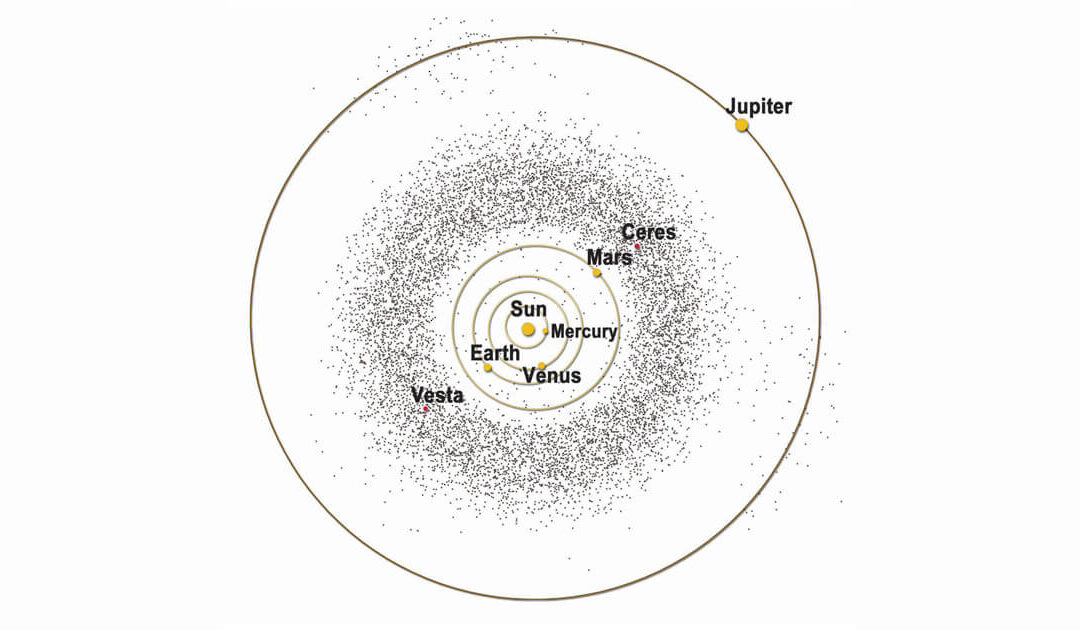
Stargazing: June 30 Asteroid Day – date of Siberian Tunguska Event; largest asteroid impact in recorded history
Pre-dawn hours of June 27 will bring peak opportunities to view June’s Bootid meteor shower. A thin crescent moon will enhance the chances of seeing meteors flash across the sky. Home > Blog ...

Stargazing: Solstice June 20– also, Moon-Saturn-Neptune close approach 5:45 a.m. June 18
Welcome summer! On Friday June 20 at 10:42 p.m. EDT, the sun will reach its northern-most point in the sky. Home > Blog Welcome...

Science Centered Profile: Joel Le Forestier, Ph.D.
Dr. Joel Le Forestier founded the Identity and Intergroup Relations Lab at the University of Pittsburgh in 2025 to study the effects of identity concealment. His research explores how hiding one’s identity can negatively impact health and social connection. His work...
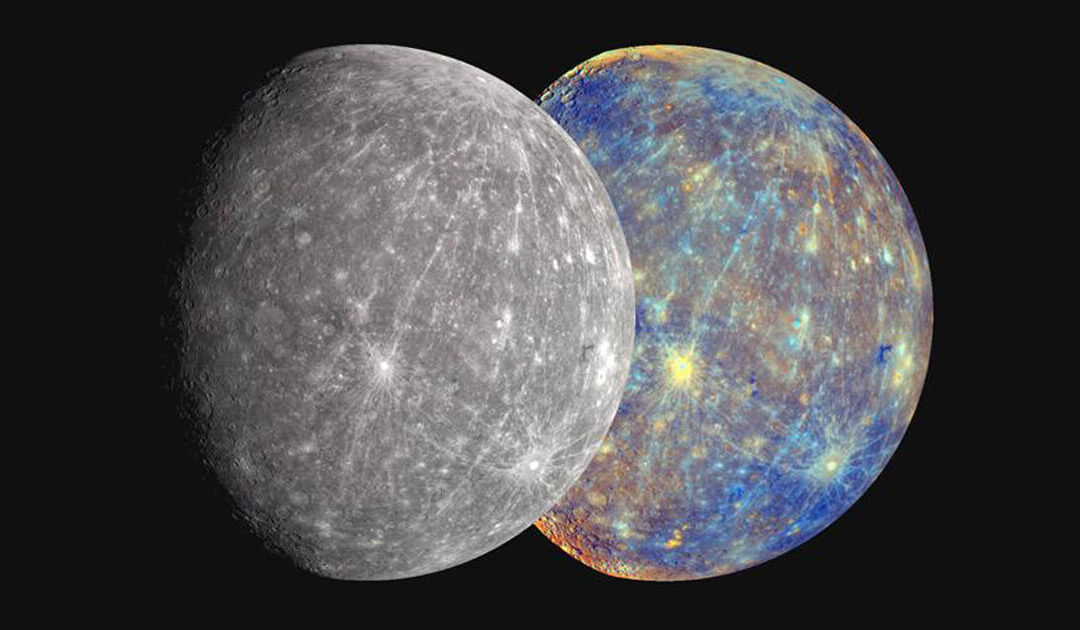
Stargazing: Mercury spotting from June 12-29
Mercury watchers will have several chances to view this elusive planet over the next two weeks. Since Mercury is the closest planet to the Sun, there is a small window in which it is visible. Home > Blog [acf...
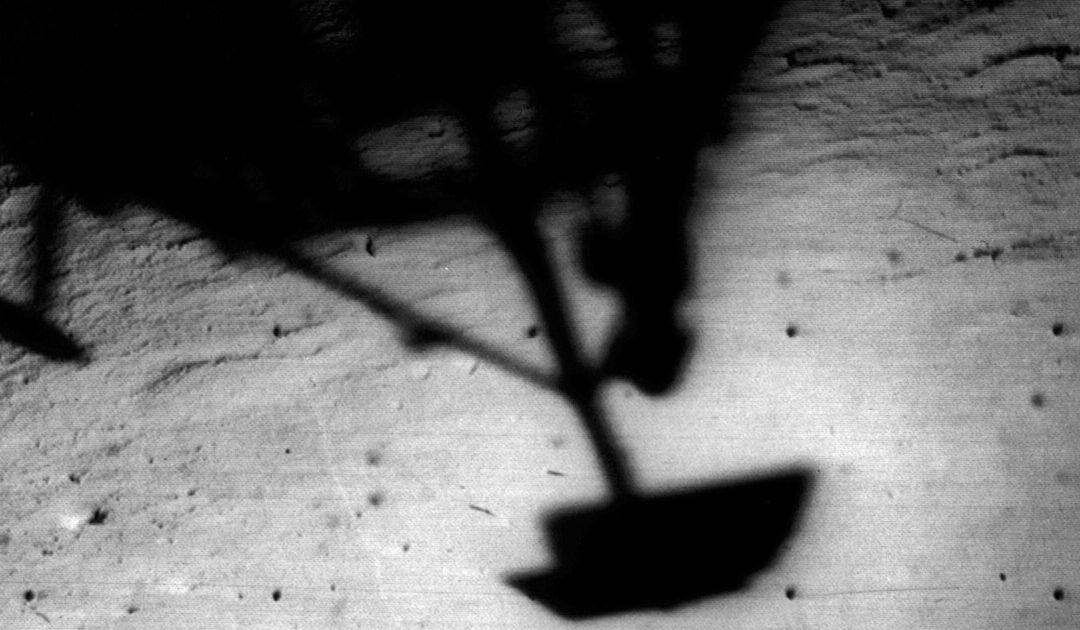
Stargazing: Surveyor 1 June 2 Moon landing 1966
On June 2, 1966, Surveyor 1 softly landed on the lunar surface, and NASA celebrated a significant success in the Space Race. Home > Blog ...
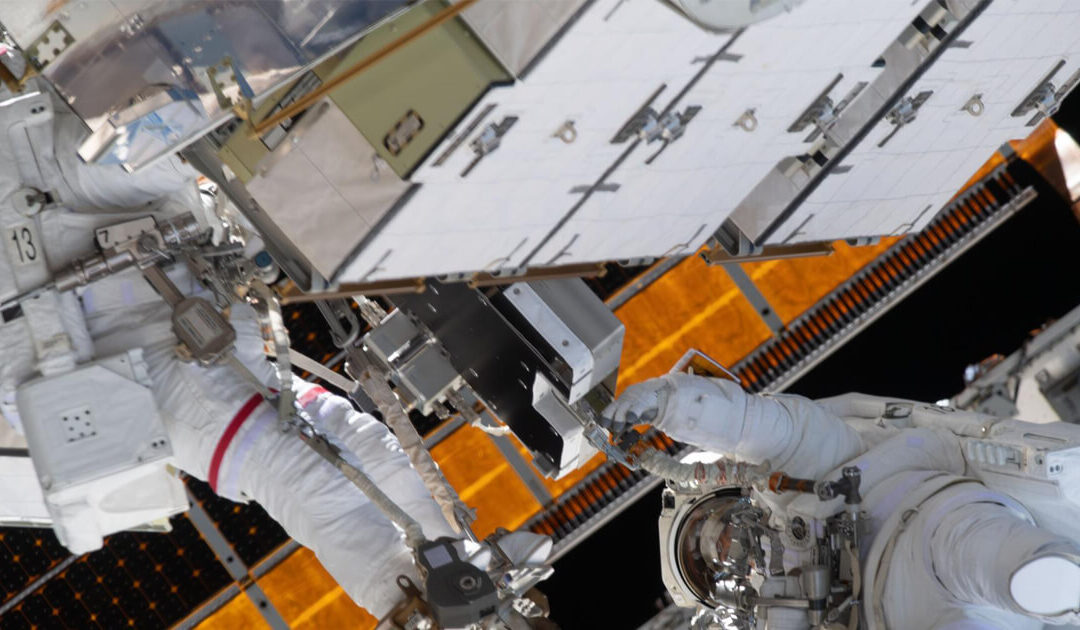
Stargazing: Ed White 1st American to walk in space/ISS’s first all-woman spacewalk
Sixty years ago, an American astronaut walked in space for the first time. At 3:45 pm on June 3, 1965, Ed White opened the hatch of the Gemini 4 mission and propelled himself into space. Home > Blog [acf...
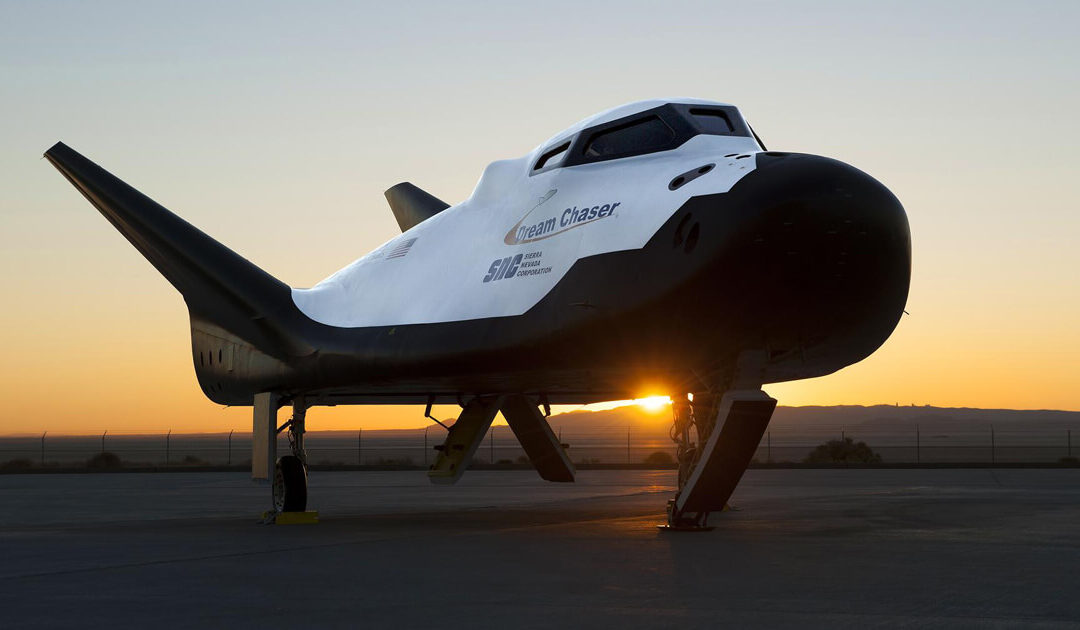
Stargazing: ULA Vulcan Centaur: Sierra Space Dream Chaser
A spaceflight first is poised to take place in May. Sierra Space Corporation, the private Colorado-based company, has been developing a reusable “spaceplane.” Home > Blog [sv...
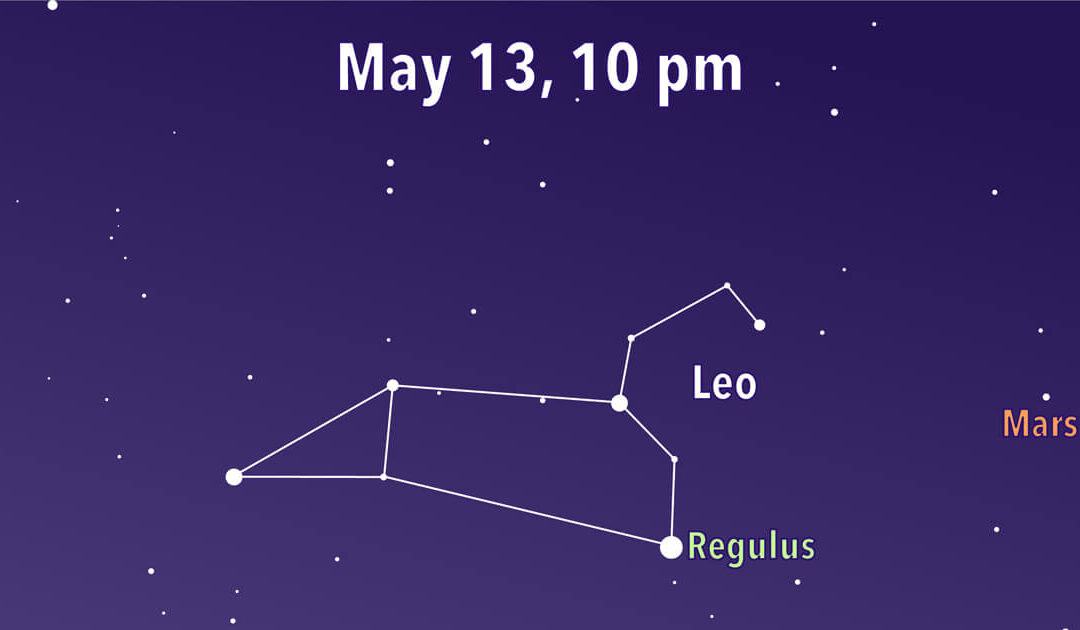
Stargazing: Leo the Lion still regal in the sky
Leo the Lion, the twelfth largest constellation, still regally rules the springtime heavens. It is easy to spot the distinctive backward question mark shape that creates the mane of Leo. A triangle of stars forms the hindquarters. Home > Blog [acf...
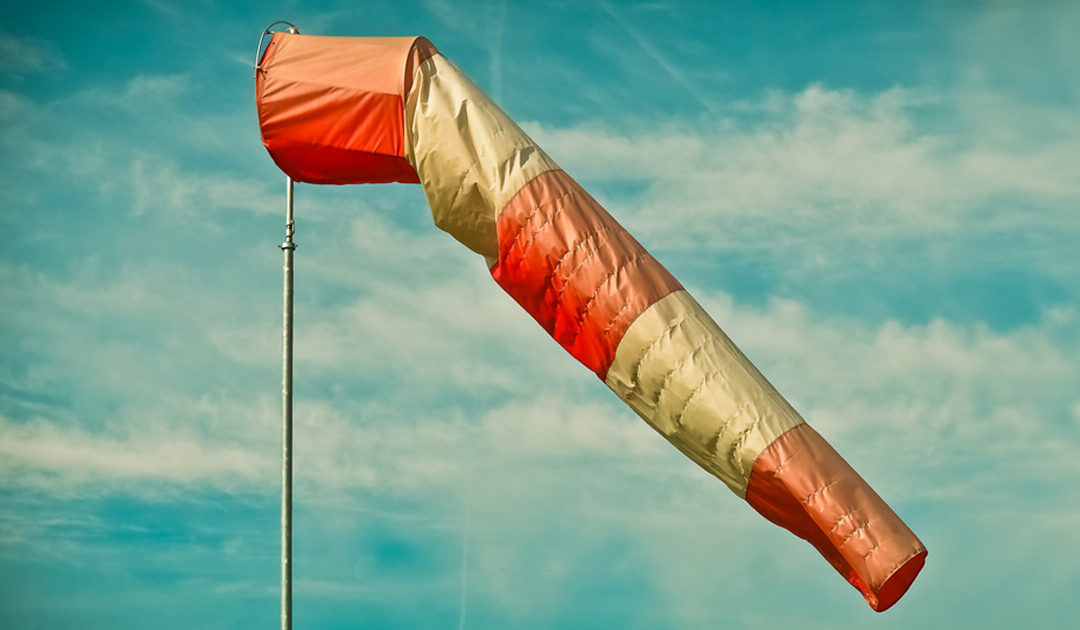
What’s Up with the Wind? Understanding Storms in a Changing Climate
To understand how climate change impacts wind, we first need to know how wind forms in the first place. Home > Blog May 9, 2025 by Robin Oliverio, Ph.D. Hollywood loves a good natural disaster movie – but lately, real life is...
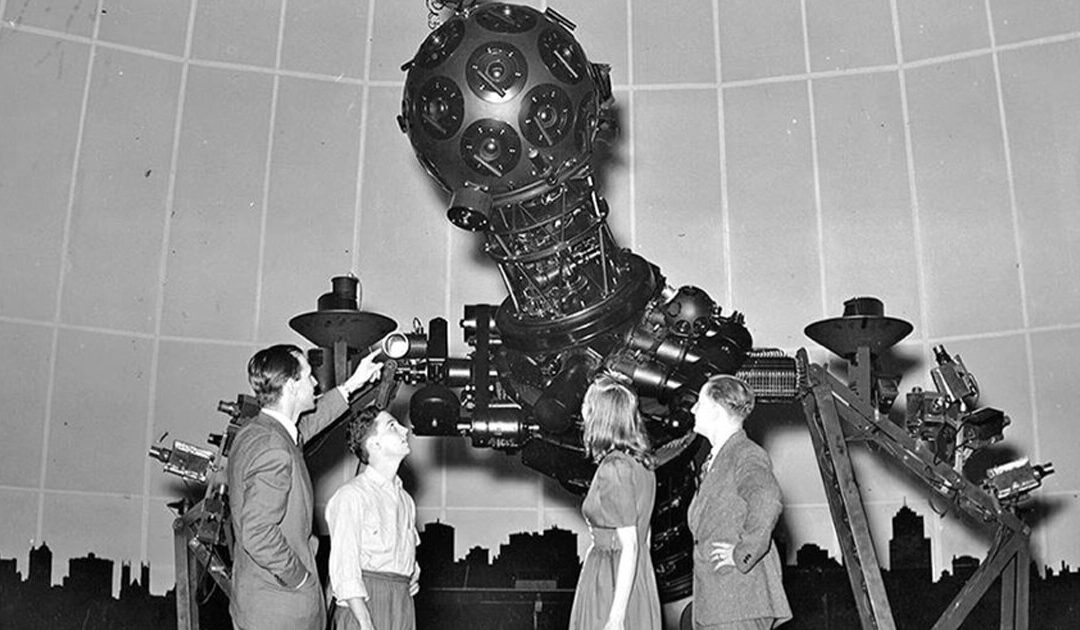
Stargazing: 100 years Planetariums/The beginning of Buhl to today
Pittsburgh's Carnegie Science Center holds the honor of hosting the fifth major Planetarium built in the United States. Home > Blog ...


